 "ptak appreciates old racecars" (racecarptak)
"ptak appreciates old racecars" (racecarptak)
05/04/2014 at 13:32 • Filed to: cras
 11
11
 12
12
 "ptak appreciates old racecars" (racecarptak)
"ptak appreciates old racecars" (racecarptak)
05/04/2014 at 13:32 • Filed to: cras |  11 11
|  12 12 |
Bring back the cras!
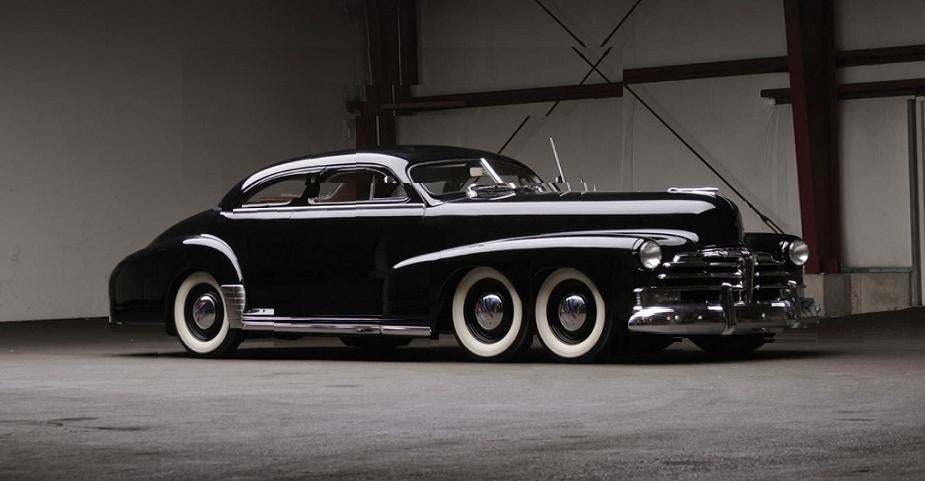
 sm70- why not Duesenberg?
> ptak appreciates old racecars
sm70- why not Duesenberg?
> ptak appreciates old racecars
05/04/2014 at 13:33 |
|
Please tell me that thing is real.
 ptak appreciates old racecars
> sm70- why not Duesenberg?
ptak appreciates old racecars
> sm70- why not Duesenberg?
05/04/2014 at 13:35 |
|
sort of
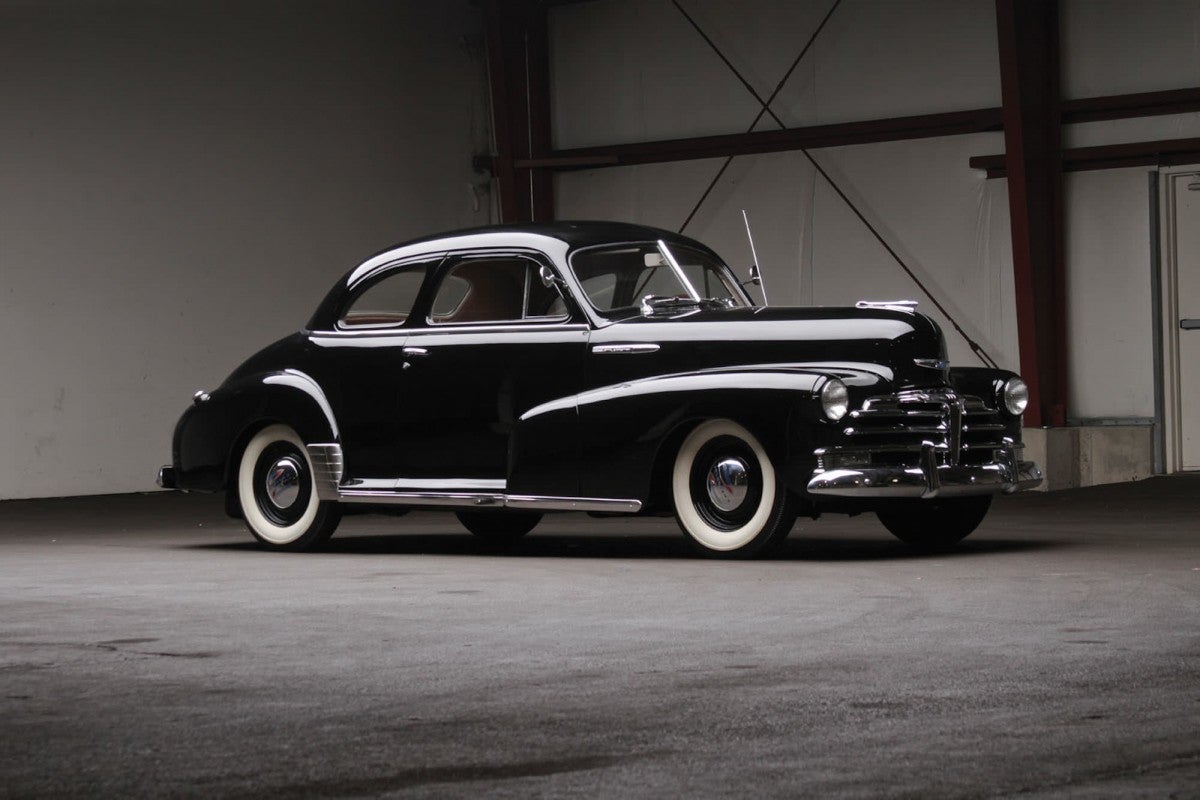
 ly2v8-Brian
> ptak appreciates old racecars
ly2v8-Brian
> ptak appreciates old racecars
05/04/2014 at 13:38 |
|
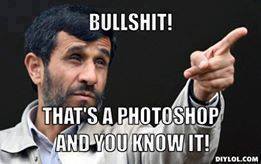
it is a nice Chevy though.
 Mikeado
> ptak appreciates old racecars
Mikeado
> ptak appreciates old racecars
05/04/2014 at 13:40 |
|
I require this to exist in real life.
 sm70- why not Duesenberg?
> ptak appreciates old racecars
sm70- why not Duesenberg?
> ptak appreciates old racecars
05/04/2014 at 13:40 |
|
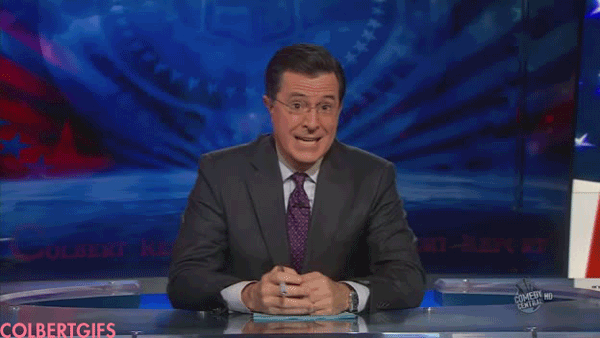
 Blondude
> ptak appreciates old racecars
Blondude
> ptak appreciates old racecars
05/04/2014 at 13:41 |
|
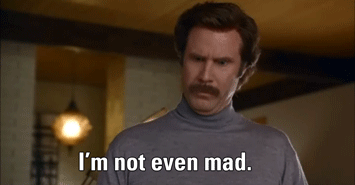
 JR1
> ptak appreciates old racecars
JR1
> ptak appreciates old racecars
05/04/2014 at 13:52 |
|
Still one the of most beautiful things I have seen today
 Otto-the-Croatian-'Whoops my Volvo is a sedan'
> ptak appreciates old racecars
Otto-the-Croatian-'Whoops my Volvo is a sedan'
> ptak appreciates old racecars
05/04/2014 at 14:36 |
|
Dude this is beautiful.
 Svend
> ptak appreciates old racecars
Svend
> ptak appreciates old racecars
05/04/2014 at 14:39 |
|
Before it was pointed to be a photoshop I thought it was Lady Penelopes' American cousin.
The original Rolls Royce and newer Ford ThunderBird.
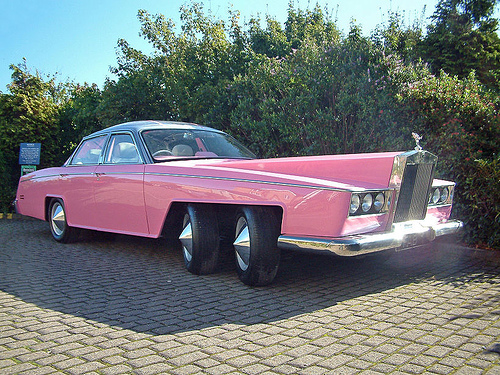
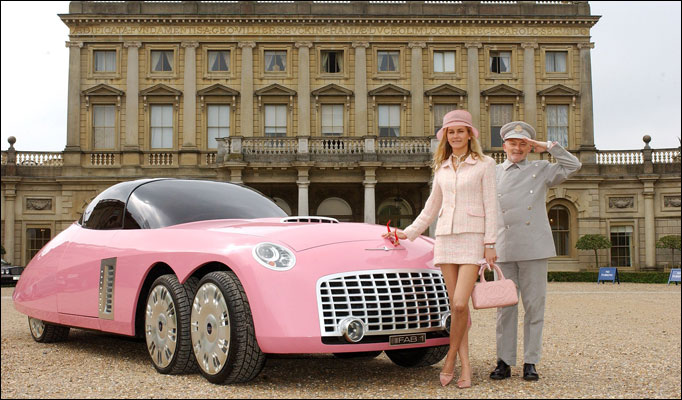
 PS9
> ptak appreciates old racecars
PS9
> ptak appreciates old racecars
05/04/2014 at 14:45 |
|
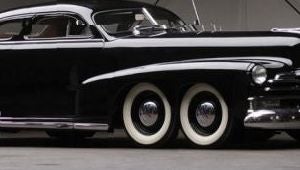
Why?
 ptak appreciates old racecars
> PS9
ptak appreciates old racecars
> PS9
05/04/2014 at 15:25 |
|
I presume you are referring to the odd number of wheels on the car.
From a visual standpoint, six wheels is better than four because it gives three wheels for one side of the car: odd numbers present a higher standard of visual harmony. There are two in the front and one in the back (as opposed to the usual two in the back and one in the front) to increase the massif aesthetic many 1930s and 1940s cars had, where a lot of the design was concentrated to the front end of the car, leaving the rear to trail off, much in the fashion as Rita Hayworth's evening gown in Gilda (1946).
From an artistic standpoint, it's a callback to the majestic era of Art Deco, when bigger was better and enormous chrome bumpers and hood ornaments were expected. The usage of six instead of four wheels on the car is a tribute to that; it is a tribute to the pure, lustful desire (and in many ways: greed) of the American consumer for the promises of the "bigger equals better" ideal and the profligate, unnecessary things that followed them during that era.
THAT'S WHY, MOTHERFUCKER
 Spoon II
> ptak appreciates old racecars
Spoon II
> ptak appreciates old racecars
05/05/2014 at 02:17 |
|
If I ever win the lotto, this is becoming a real thing